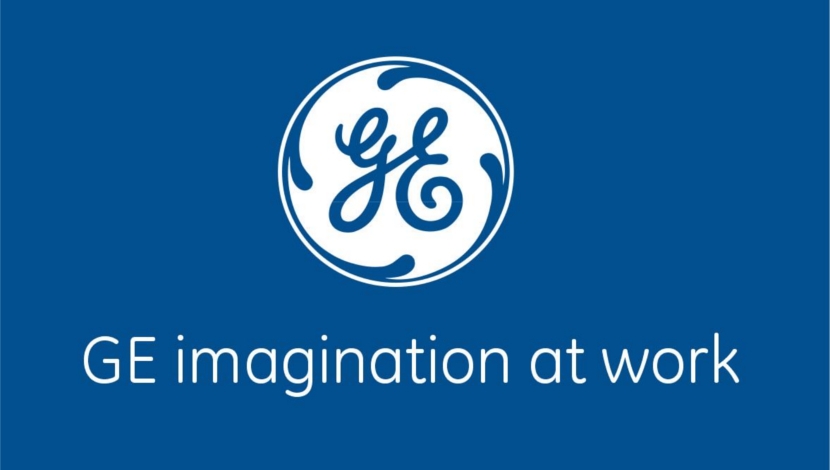

On Wednesday the 11th of May 2016 Jean Du Randt from Eazi Group SA hosted a workshop on safety at height at the recently ended African Construction & Totally Concrete Expo.
Safety Compliance – A Non-Negotiable in High Risk Industries
Globally, the importance of safety compliance in several high-risk industries is no longer in question. Numerous accident and incident investigations, identify the lack of compliance with regulations, rules, and governing procedures as a central contributing factor to accidents and fatalities.
“Ensuring safety is not always a given in high-risk industries. In South Africa it is evident that there is a lack of compliance with legislated safety regulations. Safeguarding and protecting employees in the workplace is non-negotiable – no matter what the costs or challenges are,” says Jean du Randt, General Manager:Group Services of the Eazi Group, Africa’s market leader in work-at-height solutions.
In the 2014 Health and Safety statistics report for South Africa’s mining sector, Minister Ngoako Ramatlhodi who headed the Department of Minerals and Resources at the time, conveyed his condolences to the families of the 84 mine workers who lost their lives that year. While he commended the reduction in fatalities over the past two decades, the fact remains that mining is still one of the most dangerous occupations in the country, as recently seen in the accident at Lily Mine in Mpumalanga, which has dominated the news for the past few weeks.
Despite the dangers inherent in mining, the construction industry has surpassed the mining sector in recorded fatalities. According to the Federated Employer’s Mutual Assurance Company, construction-related fatalities average 150 per year, with an additional 400 accidents occurring on average per annum.
Minister Ramatlhodi also stated that 35% of mining fatalities are related to working at height. This statistic is echoed in the construction sector and is compounded by a lack of fall protection gear and equipment, and undoubtedly a lack of knowledge of safety requirements.
The construction boom in South Africa is rapidly driving up the demand for work-at-height solutions, and also increases the need to conform to safety governing procedures, rules and regulations. Recent changes to economic conditions also drive a need for efficiency culminating in deployment of improved ways of working at height.
“The trend of deploying more mobile elevated work platforms to perform work-at-height duties more efficiently, calls for proper instructions to operate machinery while following safety and compliance regulations. These are the prerequisites for the reduction of fatalities in high risk industries,” says Du Randt.
In addition, all driven machinery is regulated by the National Code of Good Practice and therefore has to comply with this legislation. NCOP 2015 associates mobile elevated work platforms with a C53 license. Du Randt elaborated, “This license is currently based on the MEWP unit standard and, albeit controversial in its construct, delivers a sound basis for operating a MEWP. We found that some training providers incorrectly associate one of the crane unit standards putting the operators and their employers at risk.” Operators should be transparent in sharing this legislation with its customers.
In the construction, mining and energy industries it is compulsory that operators are properly instructed on how to operate any mobile elevated work platforms, forklifts and telehandlers. This extends to the lifting category where an operator of a mobile elevated work platform with a capacity of 750kg or more requires a valid license for operation. This license is renewable every two years. Note that this regulation is superseded by NCOP 2015 but should form the absolute minimum when using the equipment.
Operators of machinery should always wear appropriate personal protective equipment (PPE). Further, they should understand the components of the machine and its basic functions, the possible hazards in the operating area and emergency procedures in the event of an accident.
According to the Occupational Health and Safety Act 85 of 1993 the safety officer on site together with the employer bear the ultimate responsibility for understanding and adhering to all safety policies and procedures. This responsibility includes ensuring that all employees are knowledgeable of the Act.
“Discipline and vigilance are the cornerstones of a shared safety culture. This means taking time to plan the work, comply with all the regulations, rules, and governing safety procedures, choosing the right equipment to perform the work and then ensuring proper use,” concludes Du Randt. Building a safety culture means preventing unnecessary accidents. The upfront effort and continued attention to this aspect of high-risk work will make good business sense in the long run.
For more information contact: Tanya van Niekerk email: tanyav@eazi.co.za
www.eazi.co.za





